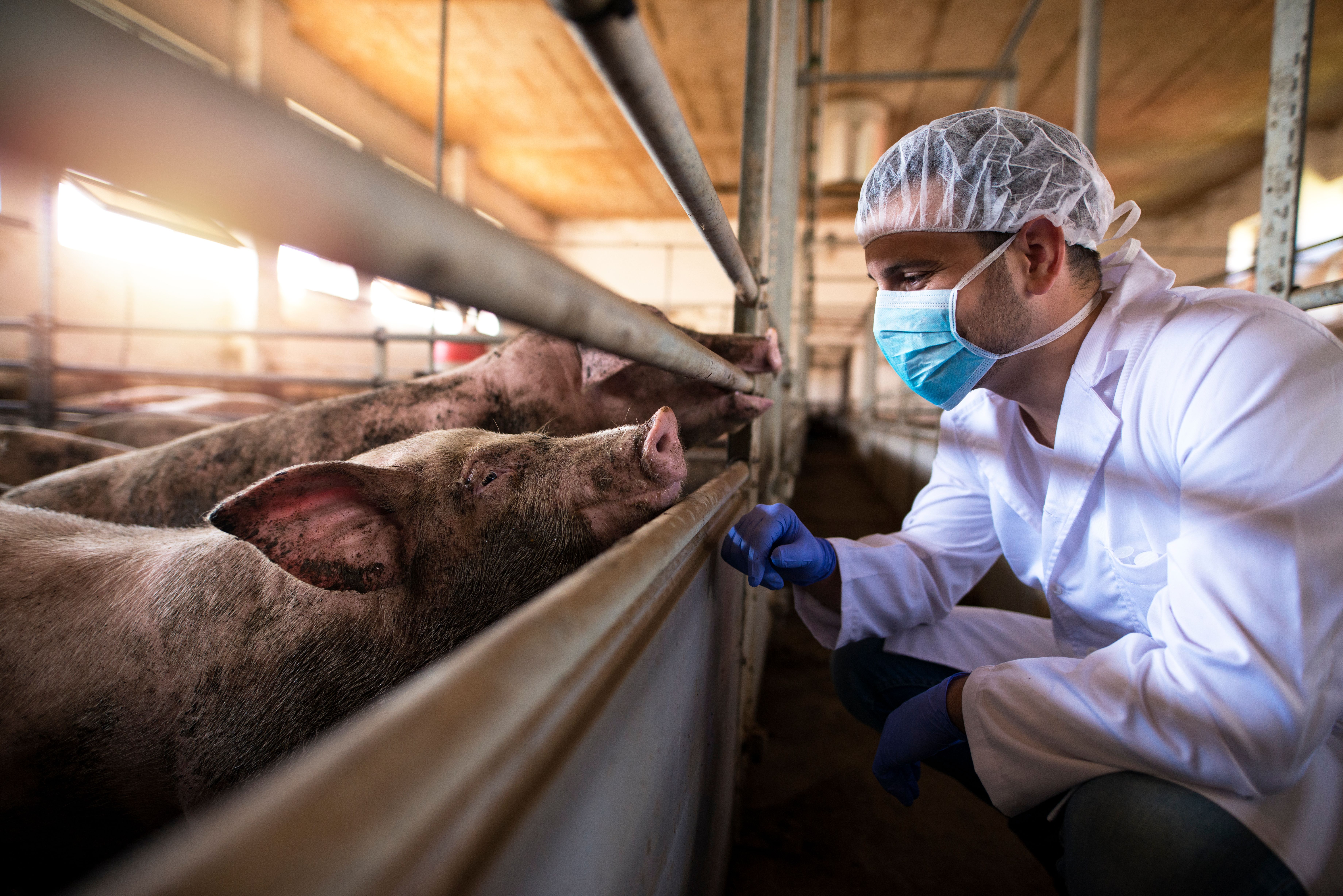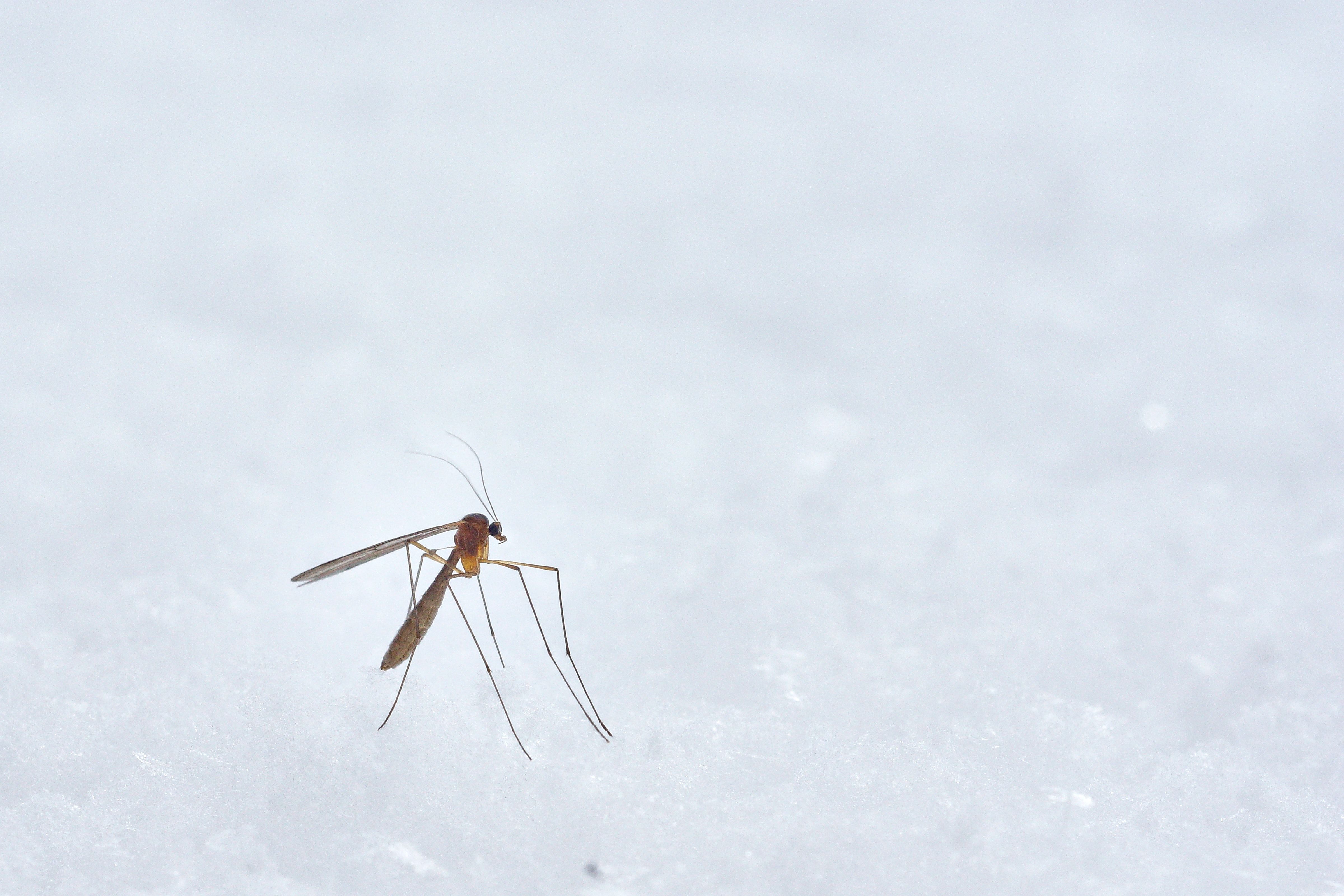
Zoonotic & Vector-Borne Diseases
Latest News
Latest Videos

CME Content
More News
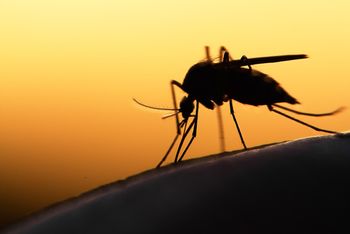
Treating long-lasting nets with a new insecticidal combination that rendered mosquitos unable to fly reduced malaria infections in Tanzanian children by almost half.
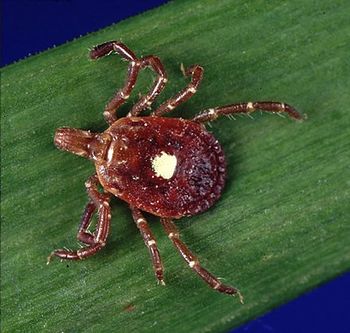
Study of Heartland virus in lone star ticks in Georgia adds to evidence of how it evolves, spreads geographically, and causes disease.
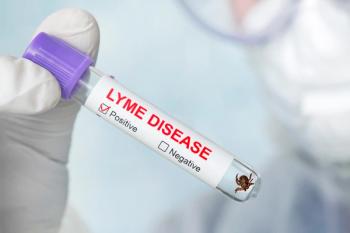
A Tufts University research time identified a novel testing method to detect Lyme disease reinfection and successful treatment.
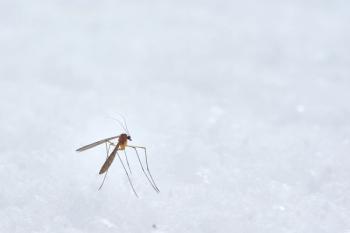
First-in-class triaminopyrimidine demonstrates antimalarial efficacy in first-in-human test of dosing, kinetics, and clearing parasite in infected volunteers.

There is no vaccine to prevent or treat chikungunya virus. Valneva announced 98.9% of phase 3 trial participants achieved CHIKV neutralizing antibodies after a signle dose of their vaccine candidate, VLA1553.
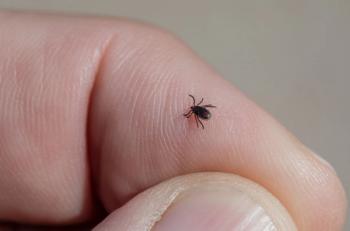
Pfizer’s TicoVac vaccine was developed to immunize young children and adults to prevent Tick-Borne Encephalitis.

A sub-analysis of phase 2 data compared the immunogenicity of their VLA15 vaccine in adults after administration of 2 or 3 primary series doses with the latter demonstrating a stronger response.

A study's results may have implications for future virus tracking.
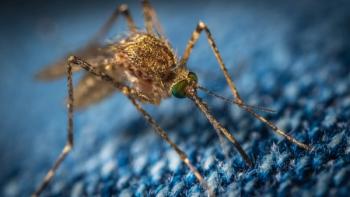
Weekly Arakoda for malaria prevention was found safe and tolerable for healthy adults who travel internationally.

Analyzing the 100 largest zoonotic disease outbreaks, investigators found the most significant drivers to be water contamination, sewage management, weather conditions, and change in vector abundance.

Malaria has afflicted humanity for thousands of years, and the parasite is especially deadly for children and babies. The WHO has recommended the first malaria vaccine be deployed across sub-Saharan Africa.

One fatality of a 12-year old boy was reported in Kerala.

The STOP Spillover project is aiming to prevent remerging infectious disease outbreaks.

The National Institutes of Health (NIH) announces single injection of monoclonal antibody against the Plasmodium mosquito-borne parasite prevented malaria throughout 9 month phase 1 trial.

The company is planning to use its mRNA platform to develop the vaccine for malaria, which is the same successful technology it harnessed for its COVID-19 vaccine.

The federal agency gives nod for fexinidazole as the first all-oral treatment for the parasitic illness.

The number of deaths from malaria jumped by more than 100,000 in 2020 as antimalarial efforts were curtailed by the need to respond to the coronavirus disease 2019 pandemic.
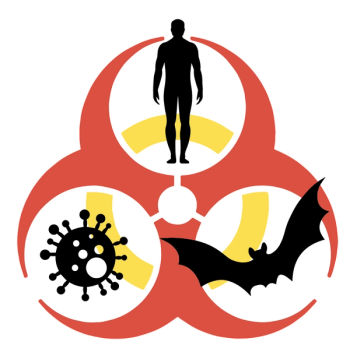
Smithsonian researchers lead charge for enhanced method to identify pathogen threats before they emerge from natural environment.
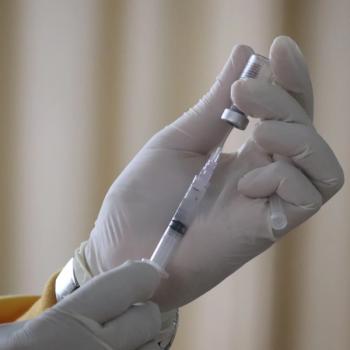
TAK-003, from Takeda, is showing slightly improved protection among seropositive participants through its 36-month follow-up.

New data indicates failed parasite clearance among Rwandan children is linked to a mutation also observed in southeast Asia.
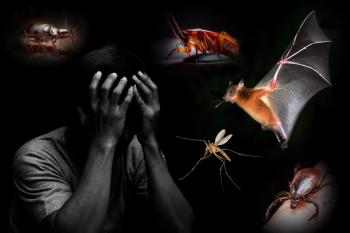
Infectious diseases are emerging at an alarmingly rapid pace, faster than any other time in human history.

TicoVac will be decided on for both pediatric and adult people at risk of the tick-borne virus in August.

Dr. Rodney E. Rohde, clinical laboratory scientist, discusses campus reopening as well as his work on rabies eradication.

Study suggests climate change may shift which areas in the US have optimal temperatures for West Nile virus transmission.
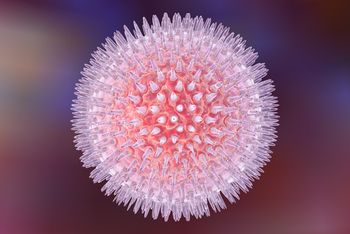
As children born in 2015-2016 with congenital Zika syndrome age, investigators are gradually able to assess neurodevelopmental outcomes.


